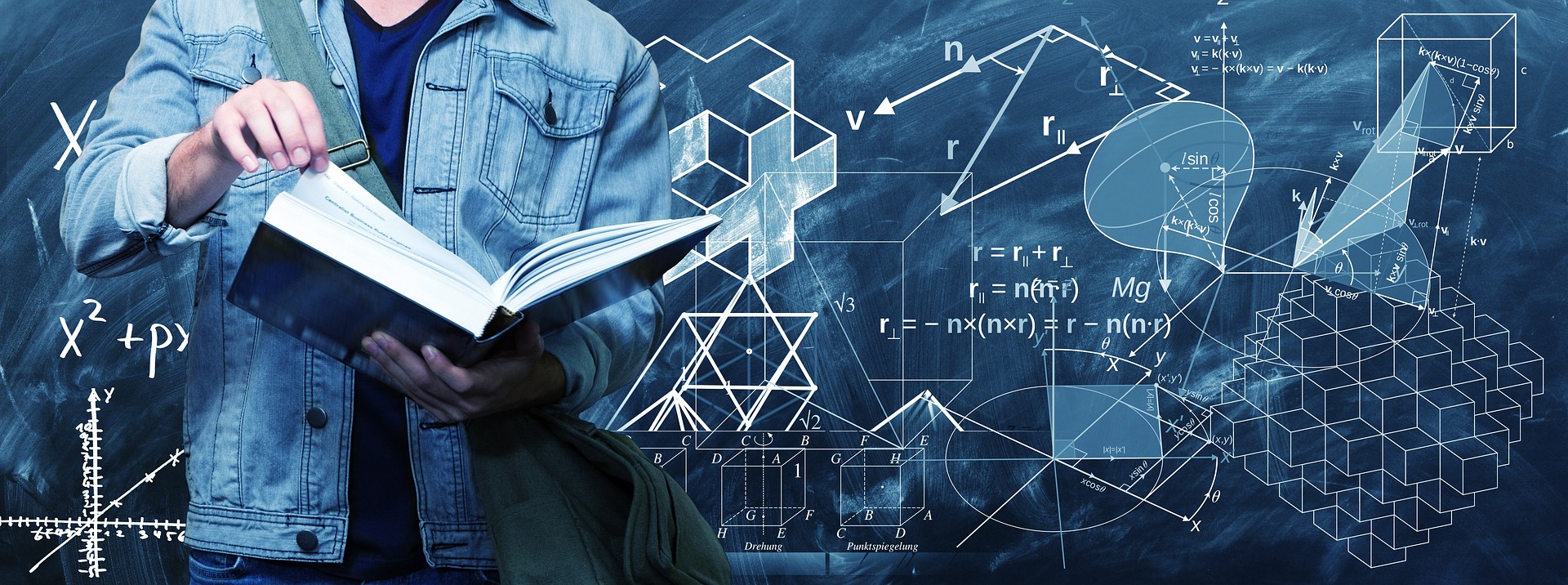
It’s the same with brands: the more massive a brand, the more baggage it has, the more force is needed to change its positioning. And that’s one of the reasons why Arthur Andersen chose to launch Accenture rather than try to persuade the world that Andersen’s could stand for something other than accountancy. It explains why Hoover found it very difficult to persuade the world that it was more than vacuum cleaners,and failed in its attempt to sell washing machines and dryers. It explains why companies like Unilever and P&G keep brands separate, like Ariel and Pringles and Dove. Rather than having one giant parent brand they wisely keep differing brands separate. They realized that specialized branding promoted a better image than a general branding image.
Mission agencies are trying to bring BAM/B4T into their circle of services, but what agencies fail to grasp that as they broaden the sphere of their services, they are diluting their brand image. This in turn impacts their marketability and in time even lowers their effectiveness. Bigger is not always better. The bigger a brand, the more difficult it is to reposition it. So as we think about doing missions better, keep in mind Newton’s Law; we need a portfolio of brands or maybe totally new brands for new ventures.
Would you prefer to be serviced by a company that specializes in B4T or by a company that has B4T as an a la carte option? Why?
![]()
PATRICK LAI and his family have worked in SE Asia for over 37 years. His experience in doing business with Jesus has brought him to understand the meaning of work and worship in the marketplace. He started 14 businesses in four countries, six of which are still operating. Patrick and his wife, May, mentor and coach businesspeople working where there are few or no Christians. Check out Patrick’s latest book, Workship, now available in paperback and e-book.
